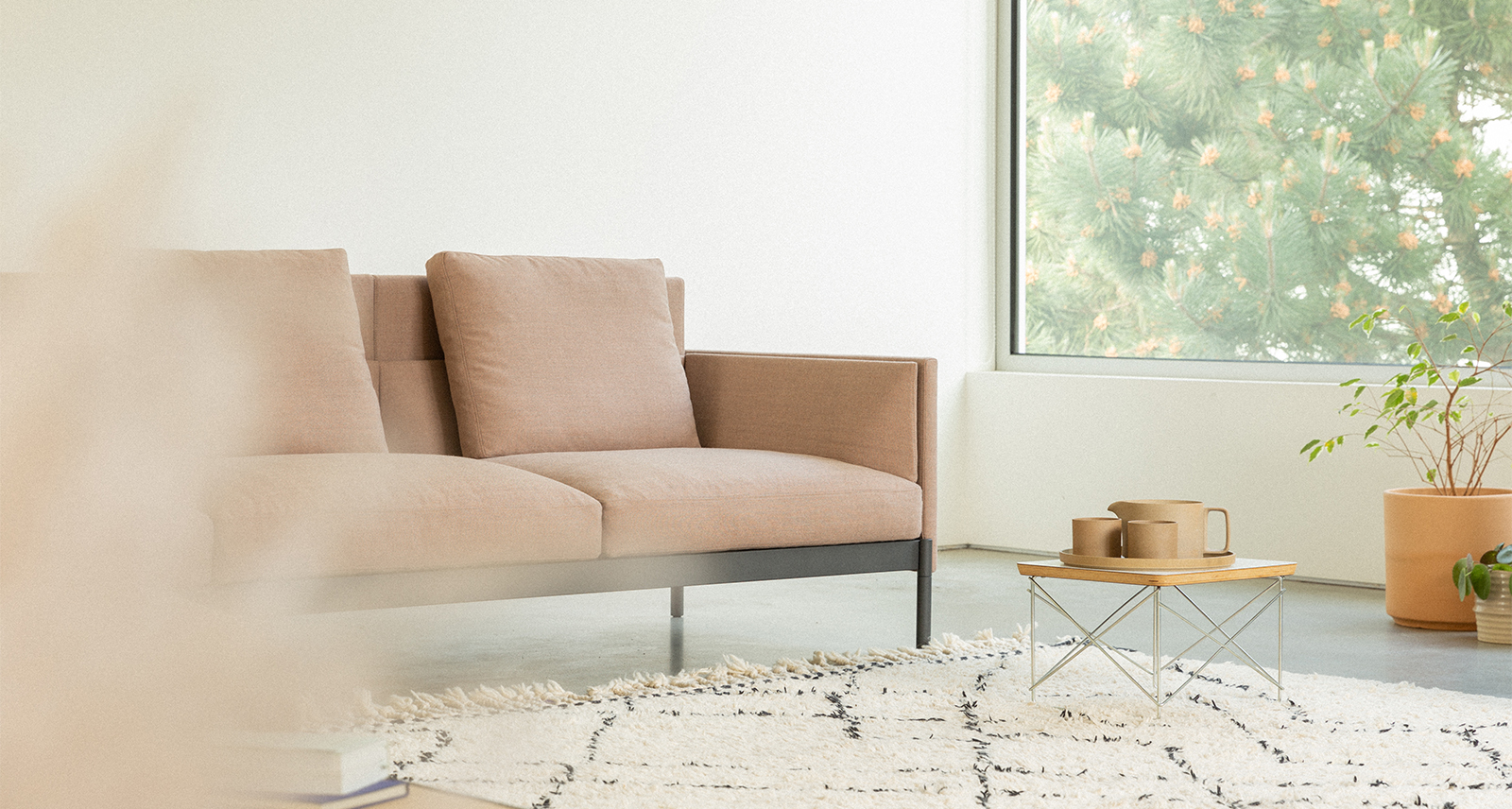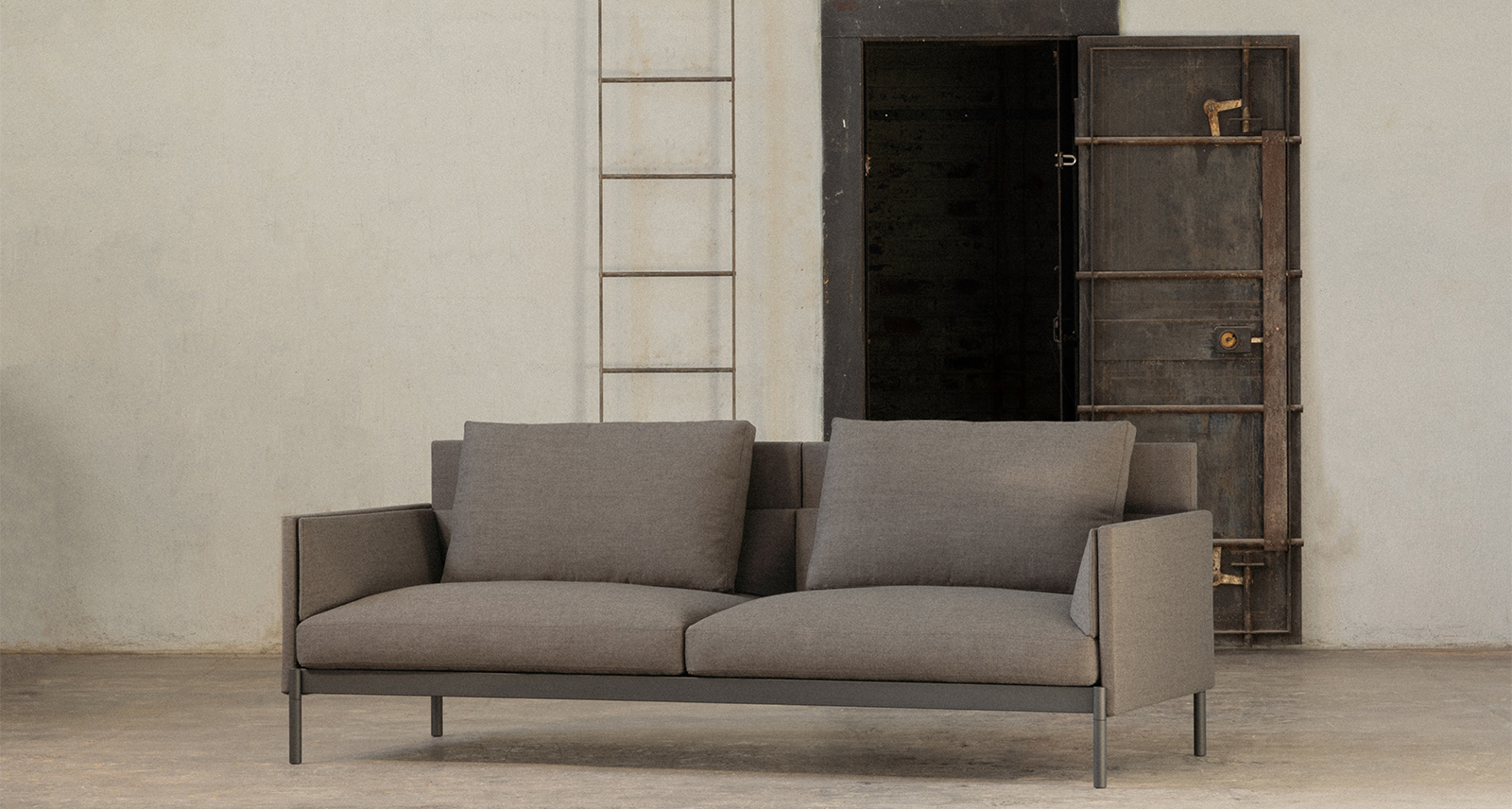The Long Game: How Part & Whole Is Fighting “Fast Furniture”
“Less but better.” The pithy design philosophy of legendary industrial designer Dieter Rams is well-worn enough to border on cliché these days, yet it’s never been more relevant. And for sprightly Vancouver Island furniture brand Part & Whole, it’s something of an underlying (if not outright) philosophy.
The Victoria-based brand is the brainchild of co-founders Nathan Martell and Ross Taylor, along with partners Steve Suchy, Tom Chung, Lizzy Hsu, Guy Ferguson, and creative agency Post Projects. Operating out of a century-old former brewery in the city’s Esquimalt neighbourhood, Part & Whole designs and manufactures not singular products but “systems” — two in all, since the brand officially launched early last year.
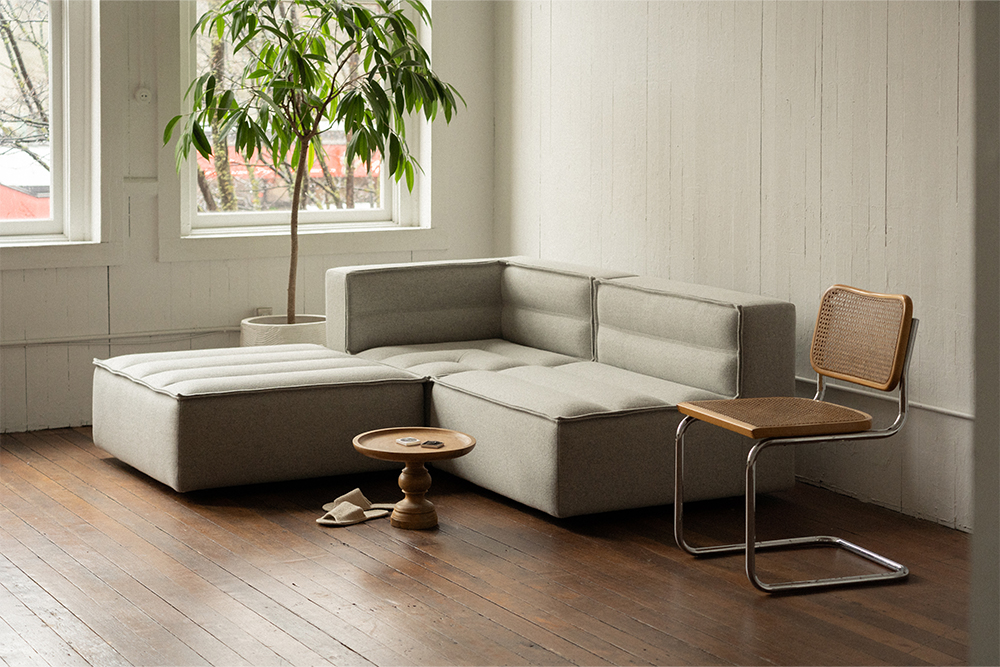
By combining polished design with a considered approach to consumption, Part & Whole appears well-poised to be Canada’s next great design export. The brand’s first two collections, Total and Chord, were co-designed by Martell and Suchy. While Chord is evidently inspired by the heavy, low lounge sofas of the ’70s, Total is its opposite — a visually light sofa suspended on steel legs and bookended by thin armrests. Its legs are especially clever, functioning as a series of junction points from which extra seats or even a side table can be tacked on. The result is not a singular product but a family of configurations.
“I’m [always] searching for the seed of a system that can be expanded on. For example, you may be designing a chair, and the thing that you identify is this core detail or key piece, and you can instantly see that that chair could also be a bed, or it could be a sofa; it has all these departure points, and that has become a metric for me to gauge whether I’m excited by an idea or not,” says Martell, who first dreamt up what would eventually become Part & Whole as a young designer looking for an outlet to produce his own designs.
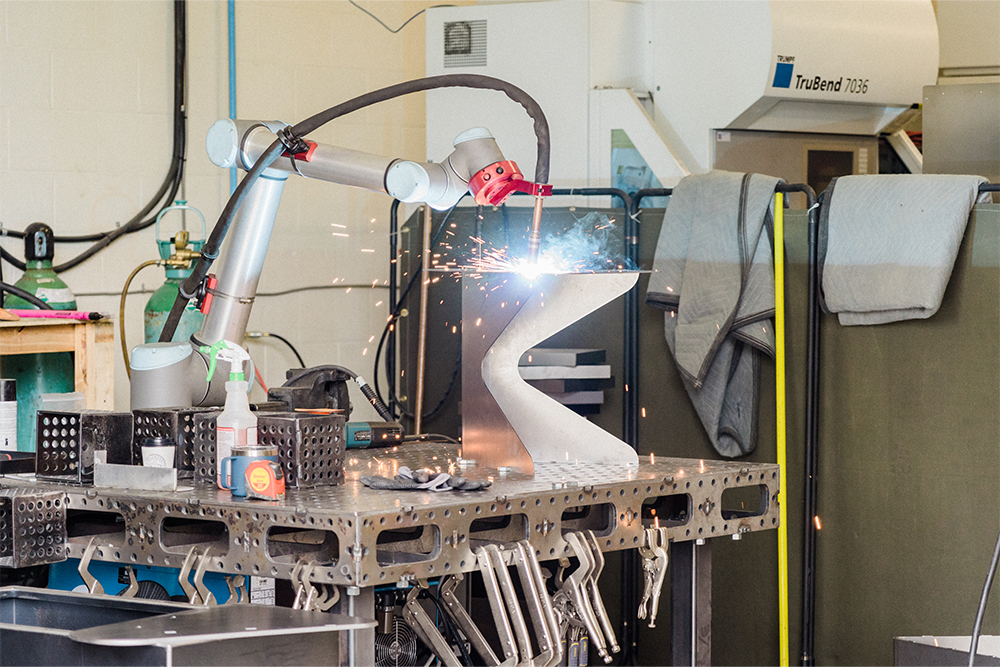
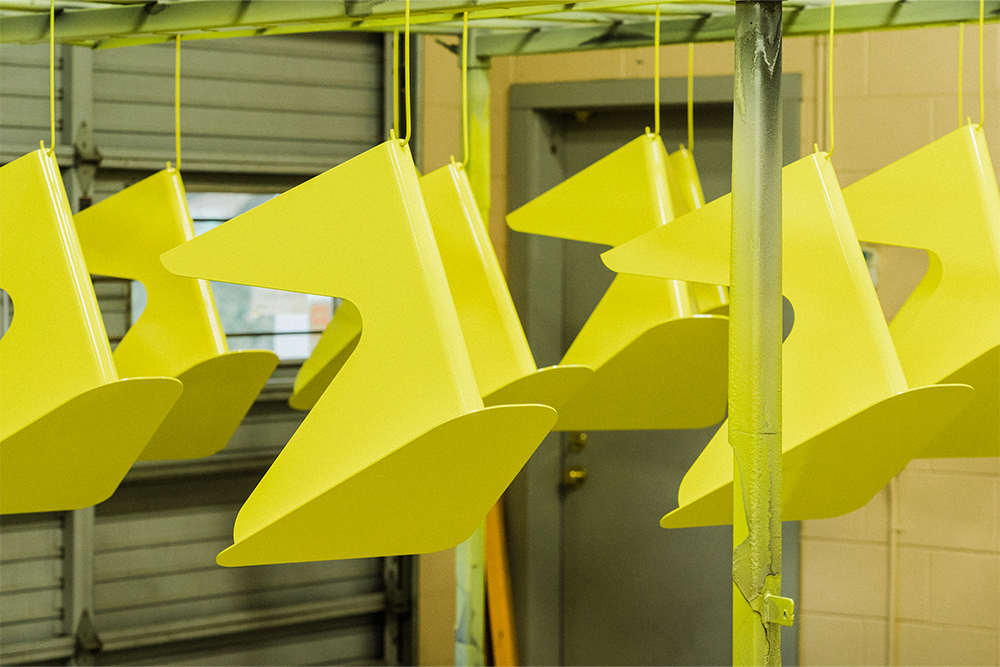
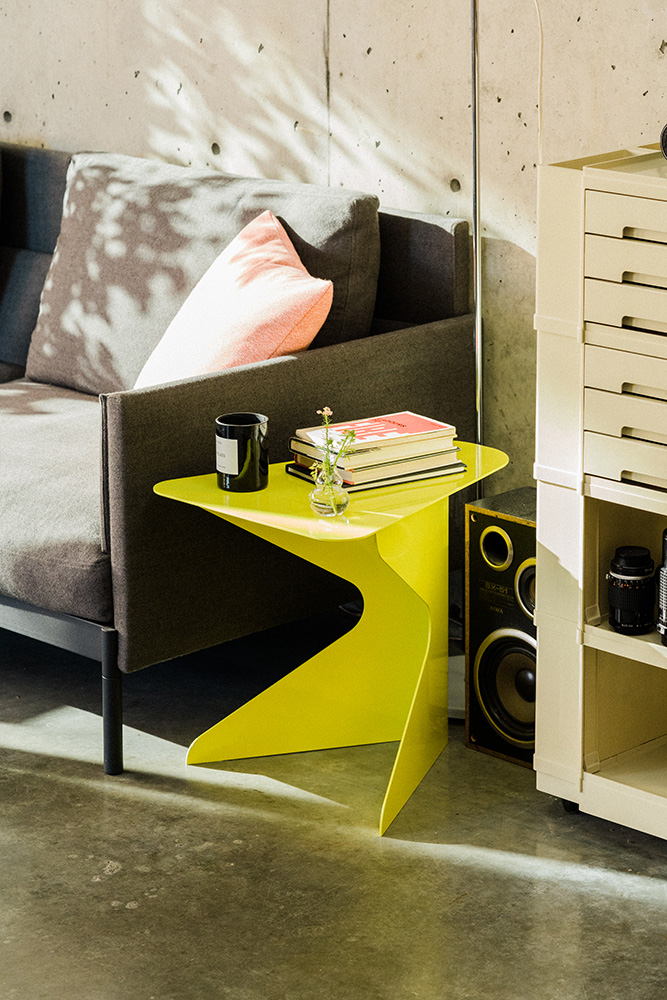
Designing “systems” isn’t new; the most famous example, at least in a residential setting, is almost certainly Rams’s iconic 606 Universal Shelving System, designed for German manufacturer Vitsoe back in 1960. You’ve surely seen it in the homes of architects and the design-conscious: a series of metal shelves, held up by vertical rails, that can be imagined in endless ways. For more than six decades, the 606’s greatest selling point hasn’t simply been that it’s a matter of good taste but that it can be personalized. While modernism was obsessed with efficiency, scale, and mass production, often creating products for a collective user in the process, the 606 could be adapted to fit a user’s specific needs.
The genius of this kind of modular design today is much the same as it was back then: a system — provided it’s durable, well-designed, and adaptable — can move between rooms, apartments, or even cities. In other words, when circumstances change, you don’t need to throw away a shelving unit fit for a specific wall, or a sofa meant for a living room you no longer occupy. Both Vitsoe shelves and a Part & Whole sofa are big-budget items, but their focus on longevity also makes them a fairly radical approach to consumption in a society that has long revolved around buying more and more and more. (Vitsoe’s tagline is “Living better, with less, that lasts longer,” after all).
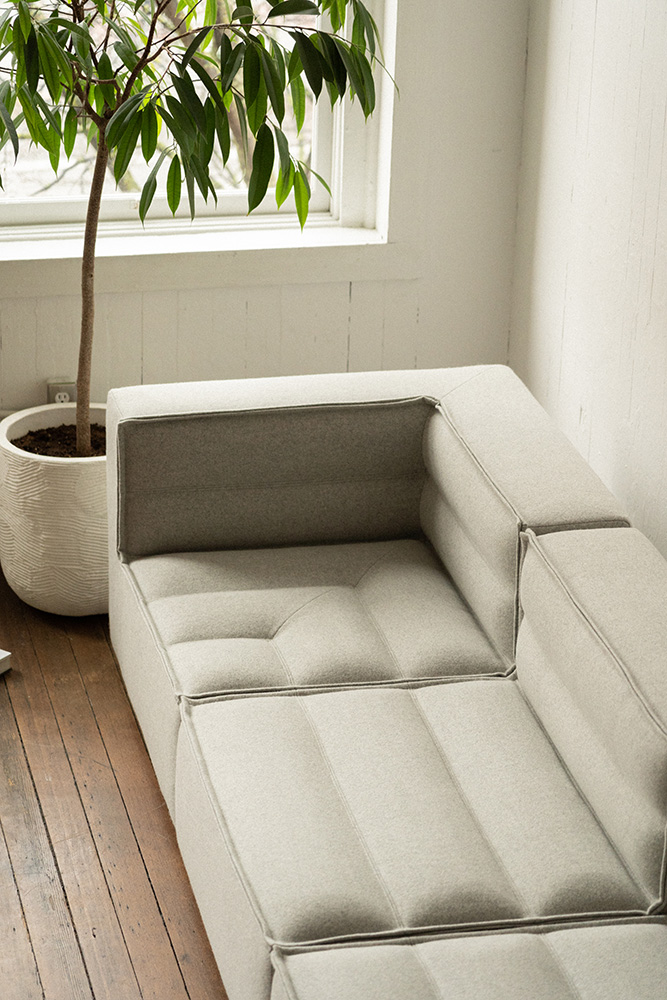
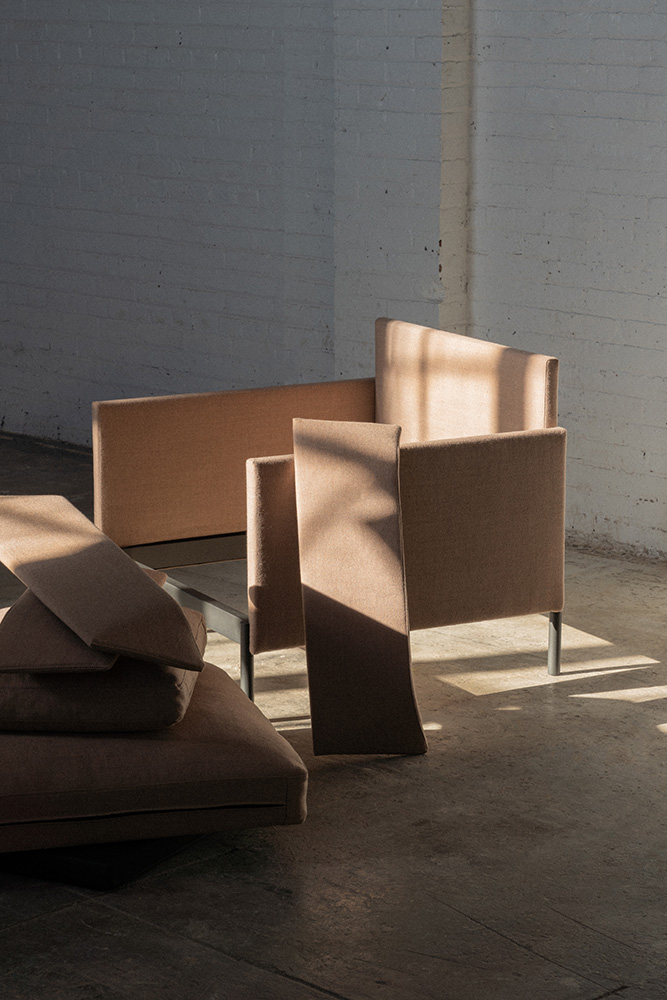
For Martell, designing a system is akin to solving a riddle, a constant balancing act of interconnected questions, ideas, and requirements. “And so, from a purely selfish perspective, I find that fun,” he says. “But I think the satisfaction really comes from knowing that it’s a productive way to spend time and energy; [there is] an undeniable cascade of environmental and logistical benefits when you have designed a well-thought-out system.”
Perhaps most importantly, Part & Whole’s designs knock down into components, allowing individual parts to be repaired or replaced. “To us, that is core,” says Martell. “We know that things should be made to be repaired and you should design a product with the intention that it could be in use indefinitely.” Adds Ferguson, “Sustainability has been reinterpreted so many times, but the end point is [really] just: don’t let it go in the trash.”
That, of course, is easier said than done; it’s a matter of creating something that’s not only durable, but is also something that a user wants to live with for decades. Total is Part & Whole’s attempt to design such a sofa. “It’s almost archetypal, and that was purely [because] we wanted a sofa that felt like it really could have this very long trajectory — that it could be reinterpreted,” says Martell. In fact, Part & Whole has gone to great lengths to ensure that all its sofa covers are removable, making for easy replacement if they’re damaged or if, in 10 or 15 years, a current fabric or colour goes out of style.
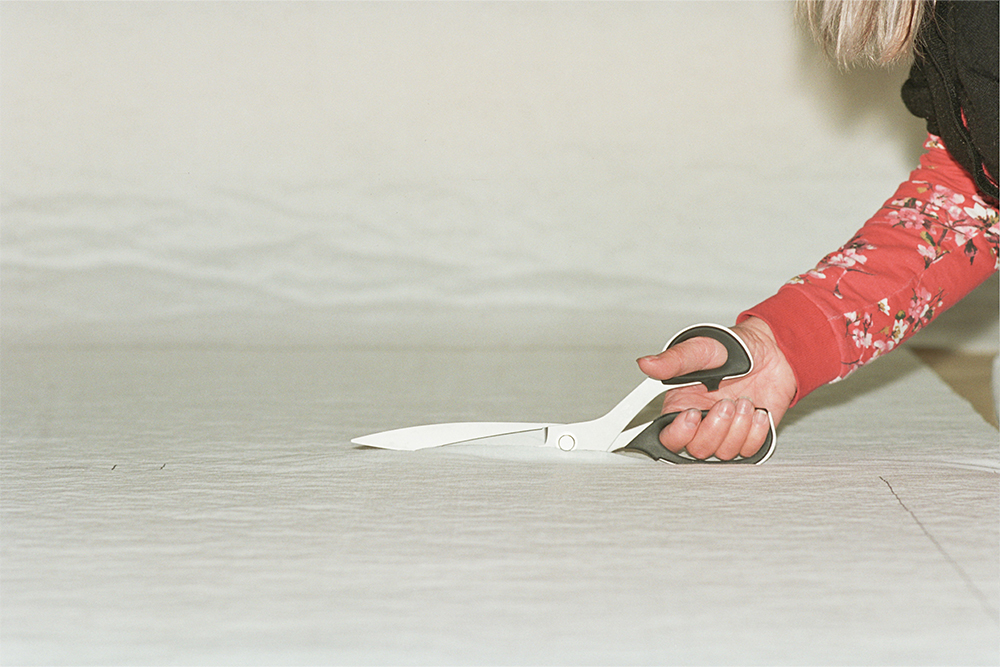
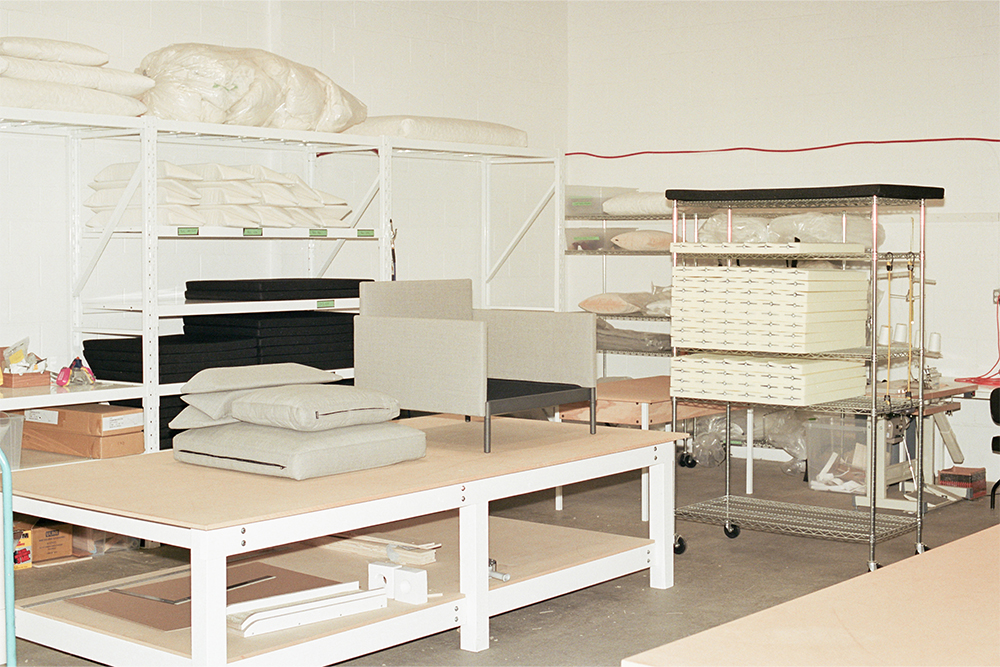
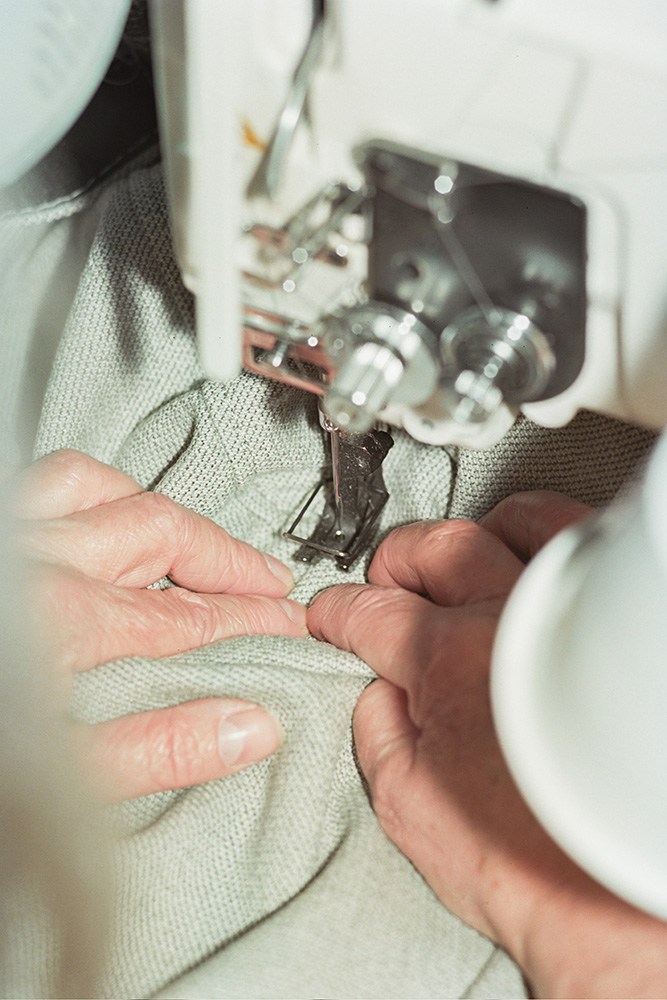
While Part & Whole leans on existing sofa industry expertise — Total’s fabric is sourced from Denmark, the suspension from Germany, the cushions from Italy, and the steel from Taiwan — all cutting, sewing, and assembly is done in the brand’s modest factory in Victoria. If there is a single truism about Canadian design (and there are few in a country that’s vast, young, and diverse, especially in the Internet age), it’s that if you want to see your designs get made, there’s a good chance you’ll have to make them yourself — unlike in Europe, where designers typically license a design to be made by an established manufacturer. “That’s a tough task in North America. There’s not a lot of outlets. You could count on one hand the number of industrial designers in North America who were working for top brands [in that way],” says Martell of the late 2000s, around the time he graduated from the Emily Carr University of Art and Design in Vancouver.
Instead, at the time, Martell looked at the successful companies around him — Bensen, Bocci, and Molo in particular — and noticed that they not only designed their own products but manufactured them too, collapsing the divide between designing and making in the process. For Part & Whole, the close tie between designing and manufacturing has similarly proved central to the brand’s designs. “We’re so linked between the stages of an idea through product development; all of those things happen with the same group of people in the same facility, and as a result, we’re able to iterate more,” says Martell.
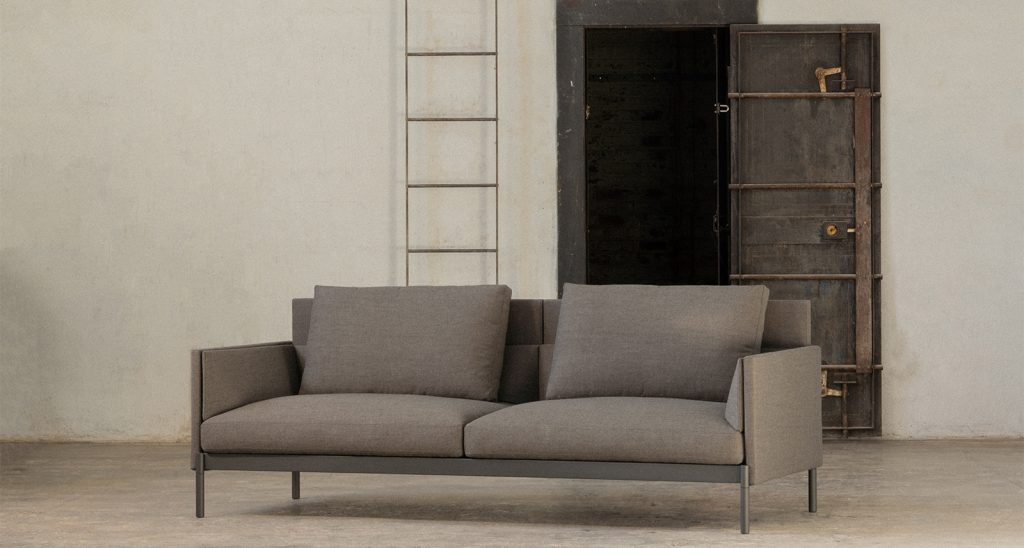
While one of Part & Whole’s long-term ambitions is to create new opportunities for young local designers, the fact that the brand is located and manufactures in Victoria — an unlikely destination for a furniture brand with global ambitions — is ultimately beside the point, say Martell and Ferguson. “We do want to amplify Canadian designers and have a dialogue in Canada, but I don’t want it to be the first takeaway,” explains Ferguson, wary that the novelty factor could ultimately overshadow the quality of Part & Whole’s designs and ambitions.
“I always compare it to going to the local market in a city and leaving with something because it was made there and that’s the intrinsic value in that thing; it’s not necessarily the best version of that thing, it just reminds you of that place — and that’s the first talking point. I think it’s important for Canadian brands that are trying to make an impact globally to have that be the next layer down.”
“It’s kind of irrelevant where someone is,” adds Martell. “And it’s more about: who are they? Why are they making it? What is their expertise? And what do they care about?” And for Part & Whole, what is their biggest ambition of all? “That [it becomes] normal to repair your furniture, and that it’s normal to have a sofa for 50 years,” Martell says. “That’s the hope, right?”
Photography by Guy Ferguson
